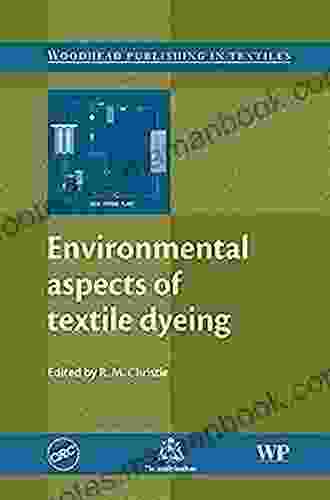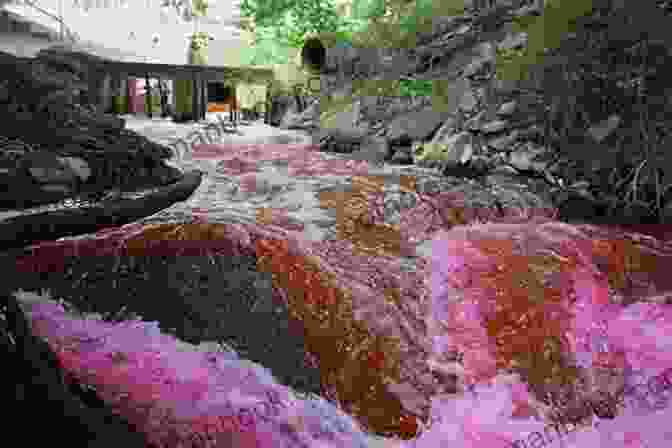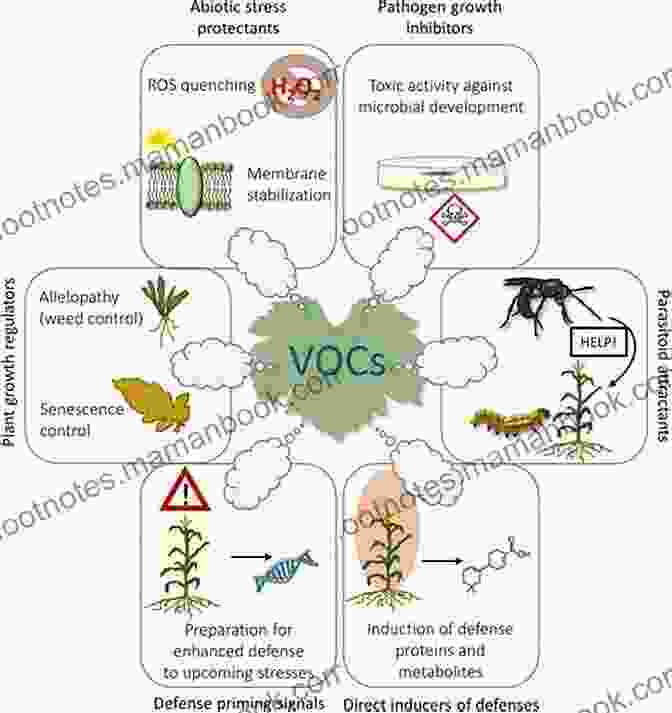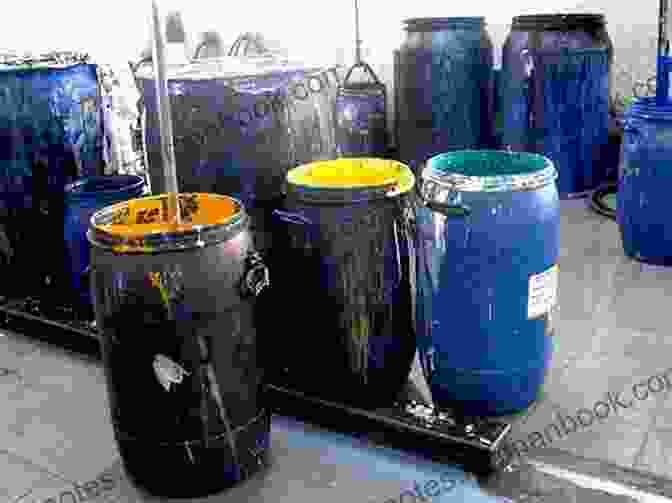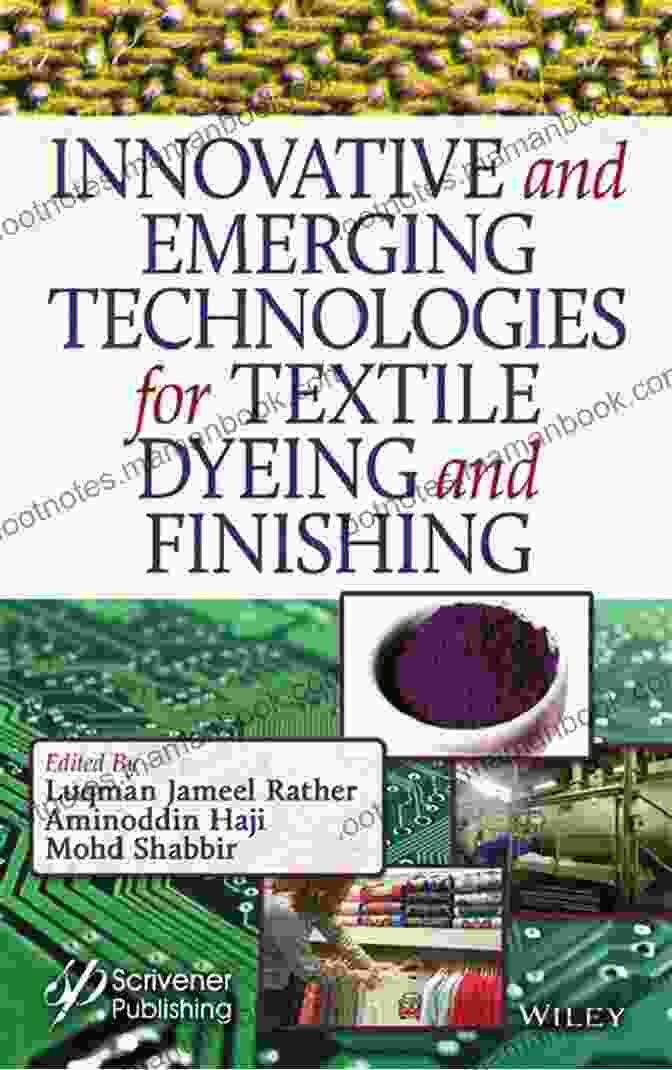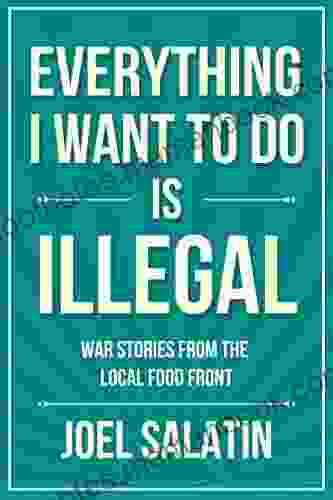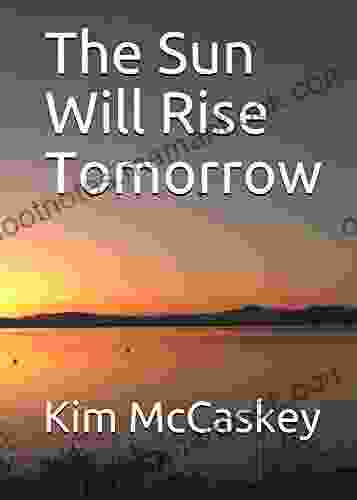Environmental Aspects of Textile Dyeing: A Comprehensive Guide for the Textile Industry

Textile dyeing is an essential process in the textile industry, adding color and aesthetic appeal to fabrics. However, it also raises significant environmental concerns due to the release of harmful chemicals and wastewater during the dyeing process. This article provides a comprehensive overview of the environmental aspects of textile dyeing, discussing the environmental impacts, regulations, and sustainable practices adopted by the textile industry to mitigate these impacts.
Environmental Impacts of Textile Dyeing
The environmental impacts of textile dyeing are primarily related to water pollution, air pollution, and hazardous waste generation.
5 out of 5
| Language | : | English |
| File size | : | 5588 KB |
| Text-to-Speech | : | Enabled |
| Screen Reader | : | Supported |
| Enhanced typesetting | : | Enabled |
| Print length | : | 256 pages |
Water Pollution
Textile dyeing generates large amounts of wastewater containing dyes, chemicals, and other pollutants. These pollutants can contaminate water sources, harm aquatic life, and disrupt ecosystems.
Air Pollution
Textile dyeing releases volatile organic compounds (VOCs) and other air pollutants during the dyeing process. These pollutants can contribute to air quality issues, respiratory problems, and climate change.
Hazardous Waste Generation
Textile dyeing generates hazardous waste, including spent dyes, chemicals, and sludge. These wastes can pose risks to human health and the environment if not properly disposed of.
Environmental Regulations
To address the environmental impacts of textile dyeing, various environmental regulations have been implemented worldwide. These regulations aim to limit the discharge of pollutants, promote sustainable practices, and protect the environment.
- The Clean Water Act (CWA) in the United States regulates the discharge of wastewater from textile dyeing facilities.
- The Clean Air Act (CAA) in the United States regulates air emissions from textile dyeing facilities.
- The Resource Conservation and Recovery Act (RCRA) in the United States regulates the generation, storage, and disposal of hazardous waste from textile dyeing facilities.
- The European Union's Water Framework Directive (WFD) sets water quality standards and requires textile dyeing facilities to comply with these standards.
- The European Union's Industrial Emissions Directive (IED) regulates air emissions from textile dyeing facilities.
Sustainable Practices in Textile Dyeing
The textile industry has adopted various sustainable practices to mitigate the environmental impacts of dyeing. These practices include:
Dye Selection
Using environmentally friendly dyes, such as natural dyes, low-impact dyes, and reactive dyes.
Process Optimization
Optimizing dyeing processes to reduce water, energy, and chemical consumption.
Water Treatment
Employing wastewater treatment technologies to remove pollutants from wastewater before it is discharged.
Air Pollution Control
Installing air pollution control devices to reduce emissions from dyeing operations.
Emerging Technologies for Sustainable Textile Dyeing
The textile industry is continuously exploring emerging technologies to further reduce the environmental impacts of dyeing. These technologies include:
Nanotechnology
Using nanomaterials to enhance dye uptake and reduce water consumption.
Plasma Technology
Using plasma to activate dyes and improve colorfastness, reducing the need for multiple dyeing steps.
Digital Printing
Using digital printing technologies to reduce water and energy consumption and eliminate the use of dyes.
The environmental impacts of textile dyeing are a significant concern that requires attention from the textile industry. By understanding the environmental regulations and adopting sustainable practices, the textile industry can mitigate these impacts and contribute to a greener and more sustainable future. Emerging technologies offer promising solutions for further reducing the environmental footprint of textile dyeing, paving the way for a more responsible and eco-friendly textile industry.
Image Alt Attributes
5 out of 5
| Language | : | English |
| File size | : | 5588 KB |
| Text-to-Speech | : | Enabled |
| Screen Reader | : | Supported |
| Enhanced typesetting | : | Enabled |
| Print length | : | 256 pages |
Do you want to contribute by writing guest posts on this blog?
Please contact us and send us a resume of previous articles that you have written.
 Top Book
Top Book Novel
Novel Fiction
Fiction Nonfiction
Nonfiction Literature
Literature Paperback
Paperback Hardcover
Hardcover E-book
E-book Audiobook
Audiobook Bestseller
Bestseller Classic
Classic Mystery
Mystery Thriller
Thriller Romance
Romance Fantasy
Fantasy Science Fiction
Science Fiction Biography
Biography Memoir
Memoir Autobiography
Autobiography Poetry
Poetry Drama
Drama Historical Fiction
Historical Fiction Self-help
Self-help Young Adult
Young Adult Childrens Books
Childrens Books Graphic Novel
Graphic Novel Anthology
Anthology Series
Series Encyclopedia
Encyclopedia Reference
Reference Guidebook
Guidebook Textbook
Textbook Workbook
Workbook Journal
Journal Diary
Diary Manuscript
Manuscript Folio
Folio Pulp Fiction
Pulp Fiction Short Stories
Short Stories Fairy Tales
Fairy Tales Fables
Fables Mythology
Mythology Philosophy
Philosophy Religion
Religion Spirituality
Spirituality Essays
Essays Critique
Critique Commentary
Commentary Glossary
Glossary Bibliography
Bibliography Index
Index Table of Contents
Table of Contents Preface
Preface Introduction
Introduction Foreword
Foreword Afterword
Afterword Appendices
Appendices Annotations
Annotations Footnotes
Footnotes Epilogue
Epilogue Prologue
Prologue Eliza Knight
Eliza Knight Carol Mcgrath
Carol Mcgrath Rachael English
Rachael English C D Carter
C D Carter Tristan Gooley
Tristan Gooley Harper Lee
Harper Lee Viktor Dick
Viktor Dick Laurence O Bryan
Laurence O Bryan Sam Heughan
Sam Heughan Train River
Train River S R Mallery
S R Mallery Mark Minervini
Mark Minervini Nilo W Hovey
Nilo W Hovey Jo Mcauley
Jo Mcauley Dan Purser Md
Dan Purser Md Jenna Wolfhart
Jenna Wolfhart Matt Goldwasser
Matt Goldwasser Gloria Steinem
Gloria Steinem Charlotte Nystrom
Charlotte Nystrom Sean Williams
Sean Williams
Light bulbAdvertise smarter! Our strategic ad space ensures maximum exposure. Reserve your spot today!

 Robert ReedLaunch Your Fashion Accessories Empire: A Comprehensive Guide to Starting and...
Robert ReedLaunch Your Fashion Accessories Empire: A Comprehensive Guide to Starting and... Tennessee WilliamsFollow ·19.3k
Tennessee WilliamsFollow ·19.3k Glenn HayesFollow ·13.1k
Glenn HayesFollow ·13.1k Pat MitchellFollow ·8.8k
Pat MitchellFollow ·8.8k John GreenFollow ·16.2k
John GreenFollow ·16.2k Dylan MitchellFollow ·2.6k
Dylan MitchellFollow ·2.6k Emilio CoxFollow ·3.5k
Emilio CoxFollow ·3.5k Lucas ReedFollow ·7.3k
Lucas ReedFollow ·7.3k Bryan GrayFollow ·3.4k
Bryan GrayFollow ·3.4k

 Colin Foster
Colin FosterBlacktop Wasteland: A Novel S A Cosby
In the vast literary landscape of...
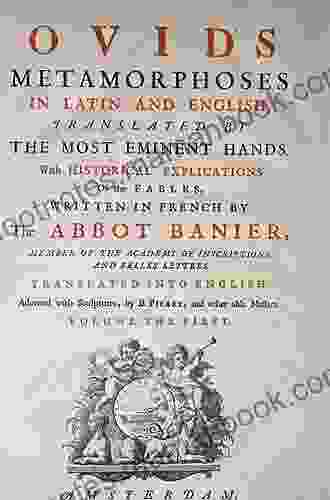
 Curtis Stewart
Curtis StewartOvid's Metamorphoses: An Ancient Epic of Transformation...
Ovid's Metamorphoses is an epic poem...

 Adam Hayes
Adam HayesThe Elements of Piano Playing Op. 30: A Comprehensive...
: Unveiling...

 Patrick Hayes
Patrick HayesLee Marvin and The Long Night: A Tale of Vengeance, Grit,...
In the annals of Western cinema, few...

 Jermaine Powell
Jermaine PowellUnveiling the Alluring World of Romantic Thrillers,...
Prepare to delve into a...
5 out of 5
| Language | : | English |
| File size | : | 5588 KB |
| Text-to-Speech | : | Enabled |
| Screen Reader | : | Supported |
| Enhanced typesetting | : | Enabled |
| Print length | : | 256 pages |


